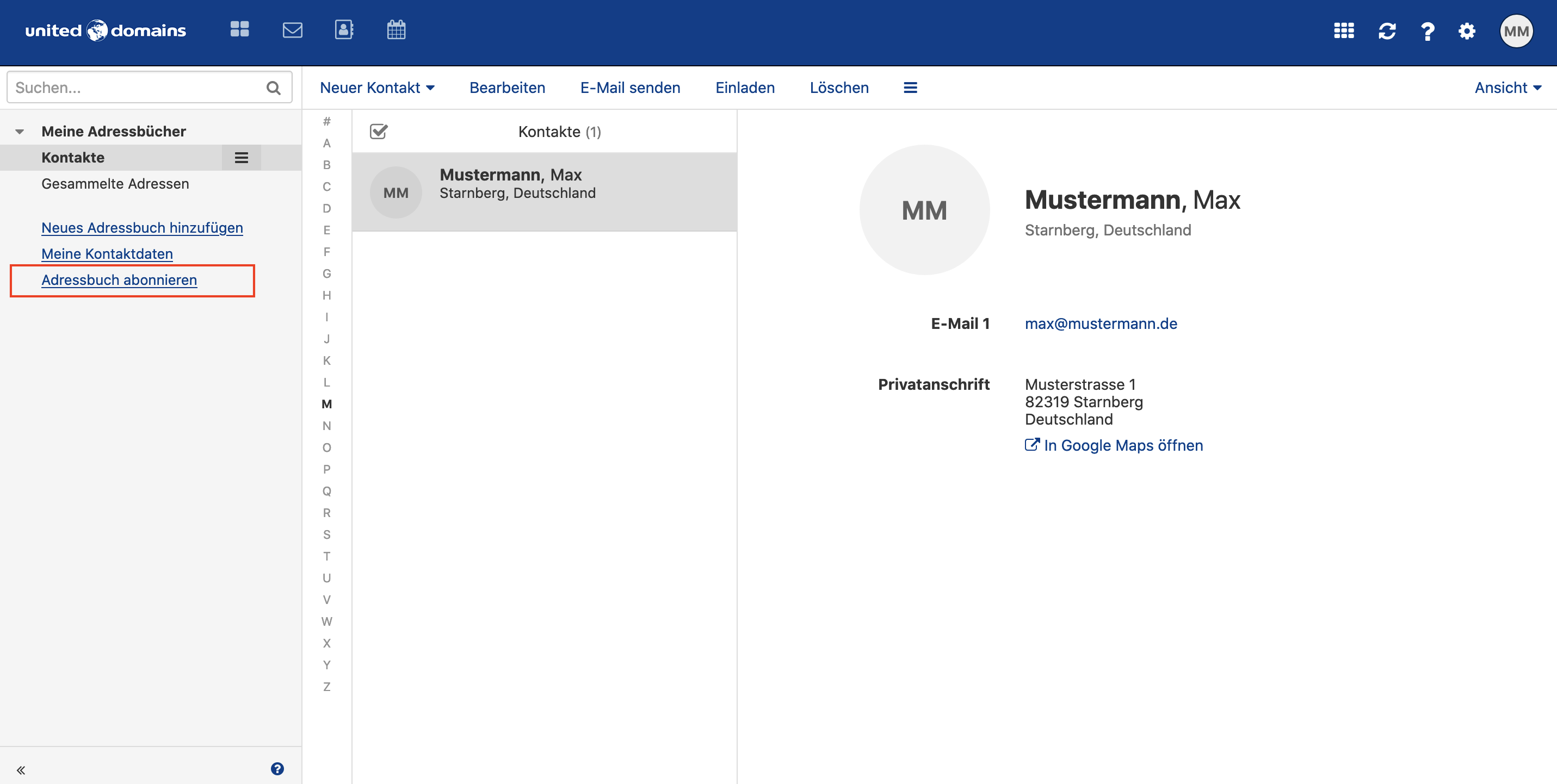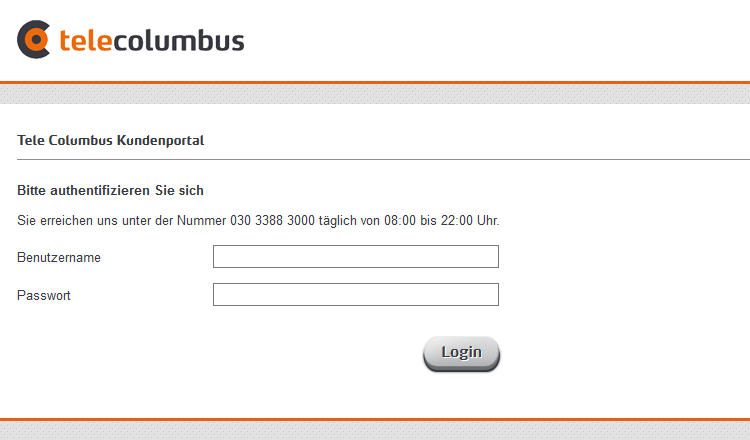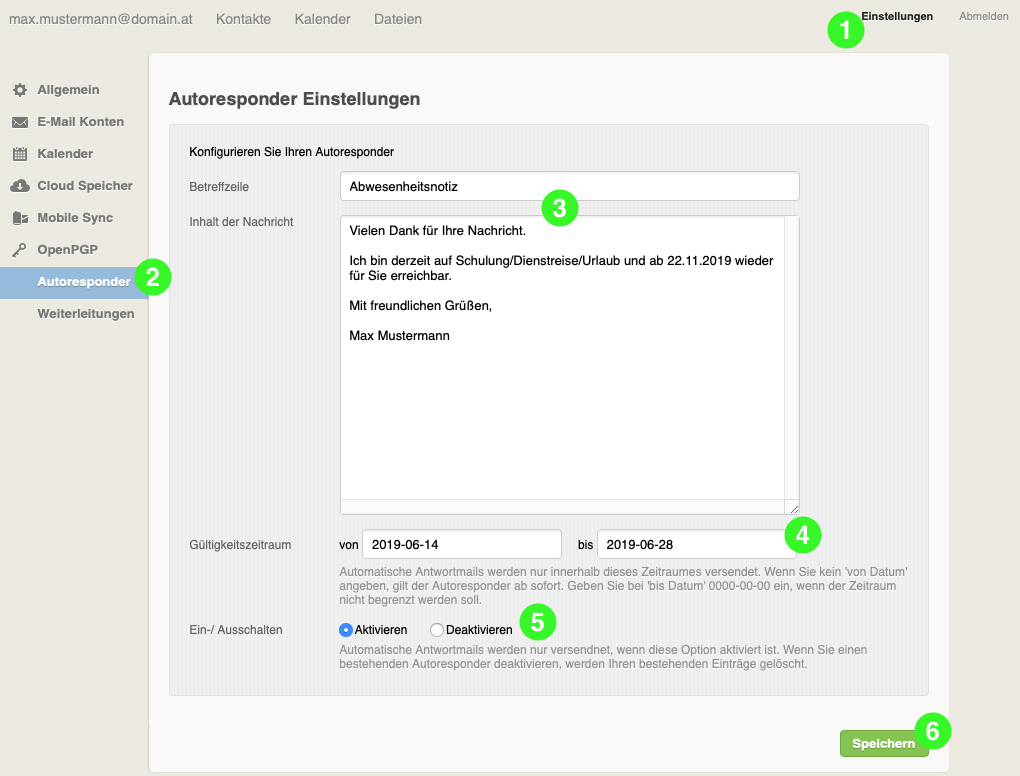

The user is limited to previewing messages using the web client before they are downloaded by the desktop email client. For example, email messages that are downloaded by the desktop client and are removed from the server will no longer be available on the webmail client.
ONE AND ONE WEBMAILER SOFTWARE
The market for webmail application software has continued into the 2010s.Įmail users may find the use of both a webmail client and a desktop client using the POP3 protocol presents some difficulties. In some cases, webmail application software is developed in-house by the organizations running and managing the application, and in some cases it is obtained from software companies that develop and sell such applications, usually as part of an integrated mail server package (an early example being Netscape Messaging Server ).
ONE AND ONE WEBMAILER FREE
webmail service providers (such as Hotmail and RocketMail) emerged in 1996 as a free service to the general public, and rapidly gained in popularity.many other enterprises (such as universities and large corporations) also started offering webmail as a way for their user communities to access their email (either locally managed or outsourced).


Hotmail and Four11's RocketMail both launched in 1996 as free services and immediately became very popular. EMUmail was one of the first applications to feature a free version that included embedded advertising, as well as a licensed version that did not. Within DotShop, "Webex" changed its name to "EMUmail" which would be sold to companies like UPS and Rackspace until its sale to Accurev in 2001. Įarly commercialization of webmail was also achieved when "Webex" began to be sold by Mankins' company, DotShop, Inc., at the end of 1995.
ONE AND ONE WEBMAILER CODE
Burt Rosenberg at the University of Miami, released his "Webex" application source code in a post to on August 8, 1995, although it had been in use as the primary email application at the School of Architecture where Mankins worked for some months prior.īill Fitler's webmail implementation was further developed as a commercial product, which Lotus announced and released in the fall of 1995 as cc:Mail for the World Wide Web 1.0 thereby providing an alternative means of accessing a cc:Mail message store (the usual means being a cc:Mail desktop application that operated either via dialup or within the confines of a local area network). Matt Mankins, under the supervision of Dr. In the United States, Matt Mankins wrote "Webex", and Bill Fitler, while at Lotus cc:Mail, began working on an implementation which he demonstrated publicly at Lotusphere on January 24, 1995. Remy Wetzels' "WebMail" was written while he was studying at the Eindhoven University of Technology in the Netherlands for the DSE and was released early January 1995.

In Europe, there were three implementations, Søren Vejrum's " Luca Manunza's "WebMail" was written while he was working at CRS4 in Sardinia, from an idea of Gianluigi Zanetti, with the first source release on March 30, 1995. In the next two years, however, several people produced working webmail applications. The first Web Mail implementation was developed at CERN in 1993 by Phillip Hallam-Baker as a test of the HTTP protocol stack, but was not developed further. Its main disadvantage is the need to be connected to the Internet while using it. ISP providers and hosting companies, typically use webmail software via 3rd party software such as Roundcube or SquirrelMail.Īs with any web application, webmail's main advantage over the use of a desktop email client is the ability to send and receive email anywhere from a web browser. Similarly, some web hosting providers also provide webmail as a part of their hosting package. Additionally, many internet service providers (ISP) provide webmail as part of their internet service package. Examples of webmail providers are 1&1 Ionos, AOL Mail, Gmail, GMX Mail, Mailfence, /, Yahoo! Mail and IceWarp Mail Server. It contrasts with email service accessible through a specialised email client software. Webmail (or web-based email) is an email service that can be accessed using a standard web browser.


 0 kommentar(er)
0 kommentar(er)
